Rhiannon Mair Interview – Multifaceted Music Production
Recording studio rising star Rhiannon Mair started by taking a college course. Here, she details just how you can make it in the studio, too – as long as you embrace a multi-faceted approach…
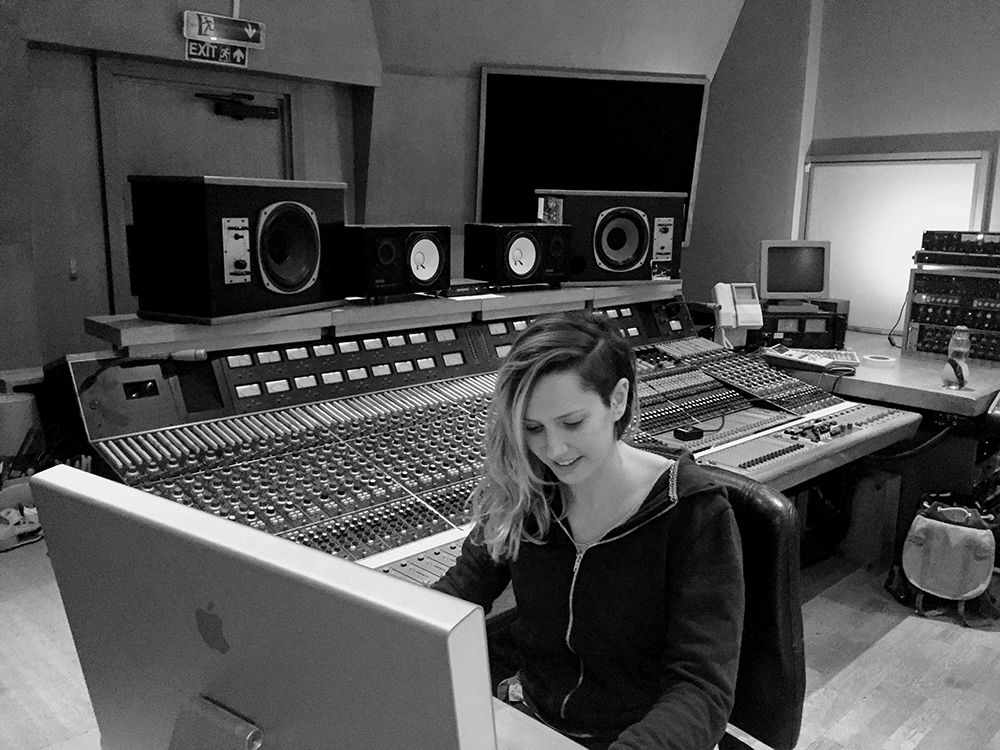
Rhiannon Mair is like many people with a passion for recording. She’s as interested in performing and recording her own music as she is in producing it for other people. The music is at the centre of that passion, then the technique and the technology – and, like many, she chose to study music production at college in an attempt to take her interest up a notch and turn it into a profession.
For some, that could be the end of it, but Rhiannon has now taken that extra stride and has recorded in some of the best studios in the UK, including Real World near Bath and Konk and Warners’ Firepit studios in London, with artists including Laura Marling, Port Erin, Kimberly Anne and Emma McGrath.
“I’ve always been very musical and doing music ever since I can remember,” Mair says.
Early on, she started playing drums which, as we’ll see, added a string to her bow and has helped her in today’s climate – but she didn’t stop there.
“When I got to 16, I started teaching myself the guitar and writing songs. Then a friend lent me a little Boss eight-track recorder and I started playing about on that, recording home demos and tracking songs that I’d written. I didn’t really do anything with them, but I just enjoyed the technology side of music.”
This led to learning more about that technology at college and a brief stint at Uni studying to be a session drummer. “After I did my first year, I was like ‘Okay, I don’t want to be a session drummer!’.” She laughs and adds: “I guess, sometimes, you have to do things that put you off so you know what you do want to do.”
Rhiannon switched back to complete a degree in Music Technology, but was still engaged in writing and performing and eventually decided to pursue the dual goals of artist and producer…
“After working in a bar and busking,” she says, “I decided that I wanted to do music full-time and that led me to leaving London, moving back to Suffolk which is where I’m from and just deciding to be a singer-songwriter, recording my own stuff. I borrowed some equipment from a friend of mine and just recorded at home. I did a little crowdfunding campaign, which led to releasing an album, and then I started touring.”
Being an artist gave Rhiannon another perspective into recording and eventually led to another opportunity.
“I had some friends who were also artists,” she explains, “and they really liked the production I’d done on my music and asked me to work with them. One thing led to another and now, I’m probably doing more production work than my own artist stuff. I guess that happened through word-of-mouth and networking. The Music Producers Guild often run networking events, which, if I’m not working, I go to. It’s a great way to connect with other industry professionals and talk about what you’re up to. In the past, I’ve also approached artists I like and been like: ‘Hey, I love your stuff, we should make some music together!’.”
Rhiannon’s recording advice
Recording acoustic and electric guitar
Rhiannon has also recorded plenty of bands and acoustic guitars in her time. Here are her tips for getting the perfect take, when dealing with both acoustic and electric guitars…
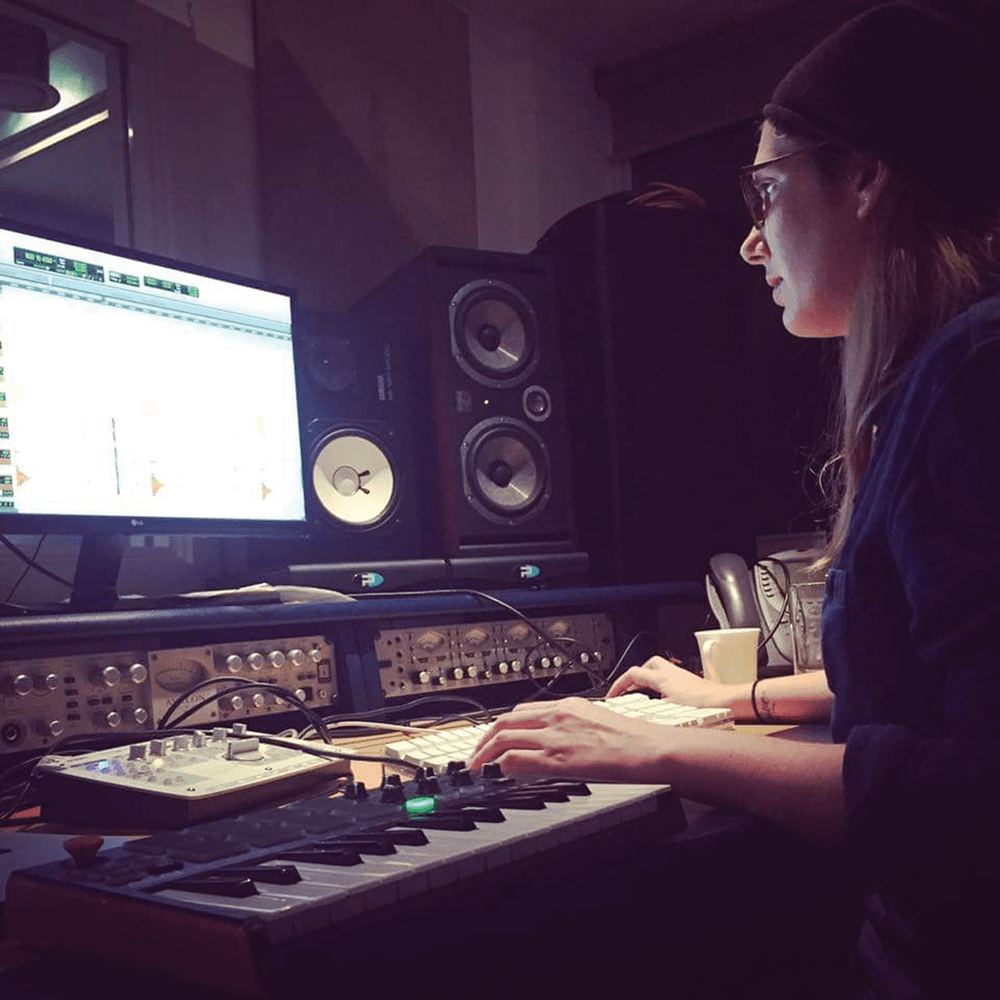
“I normally stick a large-diaphragm mic on the front of the neck around the 12th fret,” she says, on acoustic recording. “I’ll move it around to see where it sounds great and then I’ll stick just a pencil mic on the bridge. I’ll probably take a DI as well, depending on the type of guitar. Some acoustics have got really lovely DIs. With some, I’ll use a blend of DI with the mic on the neck. That’s where I’ll start with acoustic.
“On electric guitars,” she continues, “I usually use a Shure SM57, quite close up. I like to leave an inch, just to give it a little bit of air – and then pair that up with either a FET or a large-diaphragm mic.
“It depends… I can use my Neumann paired with the 57 close together so there’s no phasing issues, find the sweet spot on the amp and then go from there. That kind of works for me, although recently, I’ve been using some Universal Audio digital amps, which are just fantastic. For a long time, I was old-school, saying: ‘No, you’ve got to mic up an amp’, but recently, I’ve been using a couple of them instead.”
A growing recording roster
Rhiannon has now built up an impressive studio CV:
“Engineering-wise, I worked with Port Erin and assisted on their album at Real World Studios. I love that studio, it’s such an amazing place. I also engineered a session for Laura Marling on her Reversal Of The Muse project. More recently, I worked with an up-and-coming artist called Emma McGrath and she’s managed by Alex Wall, who looks after Muse. She’s just received a Foundation grant from Women Make Music and she’s being tipped for some exciting things.
We’ve wrapped up the second track with her and the single came out at the start of this year. I also worked with DIDI, who has had a lot of play on 6 Music and there’s some new material coming out in March. At the moment, I’m working with Kimberly Anne on Universal and I’ve just wrapped up an album with her and a very talented mix engineer, Rich Wilkinson, who was mixing it.”
That’s a diverse bunch of artists, so does Rhiannon have a favourite artist or project type? “I really enjoyed working with an artist called Zoe Konez, who is a phenomenal singer-songwriter. I was working on her EP and it was really good fun.
Working with Kimberly Anne on her album has also been so much fun. I really learnt so much as a producer – it was so cool to work on a body of work, as these days, it can seem like it’s all about singles and EPs. So it’s been really cool to create a whole album and be there in that process.
She is an amazing singer-songwriter as well, and has such a clear vision of what she wants. We’ve really clicked – so she’ll come in with her demos and I suggest adding this or taking away that. We seem to work so well together and that’s been a pretty amazing thing. I can’t wait for people to hear what we’ve been working on when it comes out later this year.”
Rhiannon’s recording advice
Getting the perfect vocal
Rhiannon’s worked with a lot of singer-songwriters, so has some great advice for recording a voice…
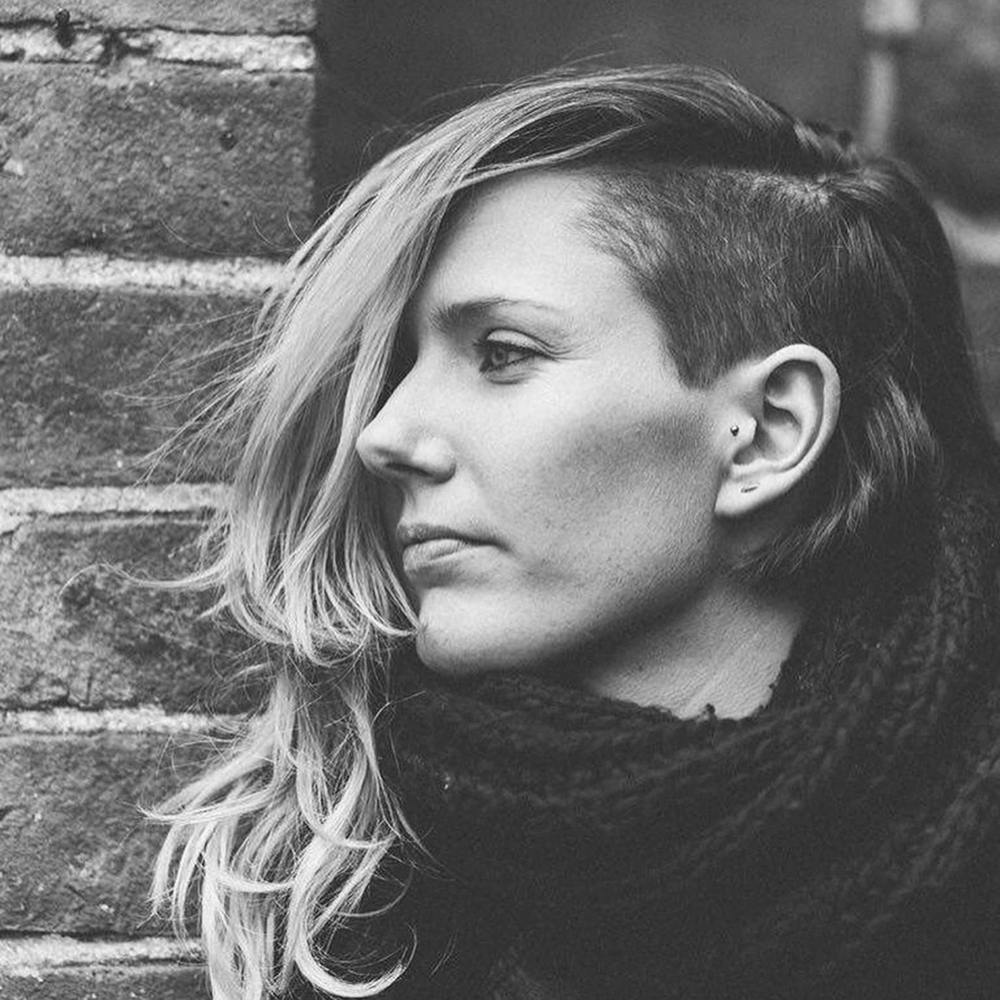
“I try to mix it about a little bit,” she explains. “In terms of the setup, I use different preamps with my mics in the studio and that can be quite diverse. I use the Universal Audio stuff and pair it up with a UA 710 Twin-Finity, which is great, because you can switch between using tube and transistor. It’s cool, because you can pick things up as there’s a level of experimenting. But really, I just listen to the vocalist and go by what I think would work. My go-to mic at the moment is the Neumann TLM 103. I haven’t got my hands on any vintage ones yet, but that’s on the list. I’ve been lucky enough to use some amazing ones in the studio, though.
“I always ask vocalists when the best time is for them to sing,” Rhiannon adds, while talking about the recording conditions. “It does vary, but most will say it’s mainly best in the evening time – so I usually have it set up with a couple of lamps, make it feel nice and cosy, and I think that does make a difference. In terms of mic positioning, it really does depend on the vocalist, their range and how powerful they are… and all of that kind of varies, as well.”
Level up
“People just seem to think I’m a good producer and a lot of people I have worked with have come back so that must be a good thing, right?” Rhiannon laughs when we ask her the secret of her studio success. “I guess I’m quite relaxed in a studio environment, but I’m also quite opinionated and I think people appreciate my honesty. I always say to anyone that I work with that I’m quite honest in my approach and that I look at it very much as a collaboration, so before I start, I say: ‘We need to work together and share the same vision and I want you to love the record when we finish this process’.”
There’s also the fact that the producer role is so varied, and this is where her background as an artist helps… “The role definitely changes and depends on the project,” she says. “I work with a lot of singer-songwriters and you almost become a member of the band and can be involved in their sound, especially if you have someone who is not sure of the direction they want to take with their record. With bands, it’s very different, as they generally already have their sound and know what they want, so you always have to read the situation.
“With a band, the role might be more of an engineering one, trying to capture what it is that they want and knowing how to get that sound. The other side, maybe with the singer-songwriter, is definitely more of a creative role in terms of the musicality and the parts; looking at what’s going on harmonically in a track as well, so it’s far more of an active role.”
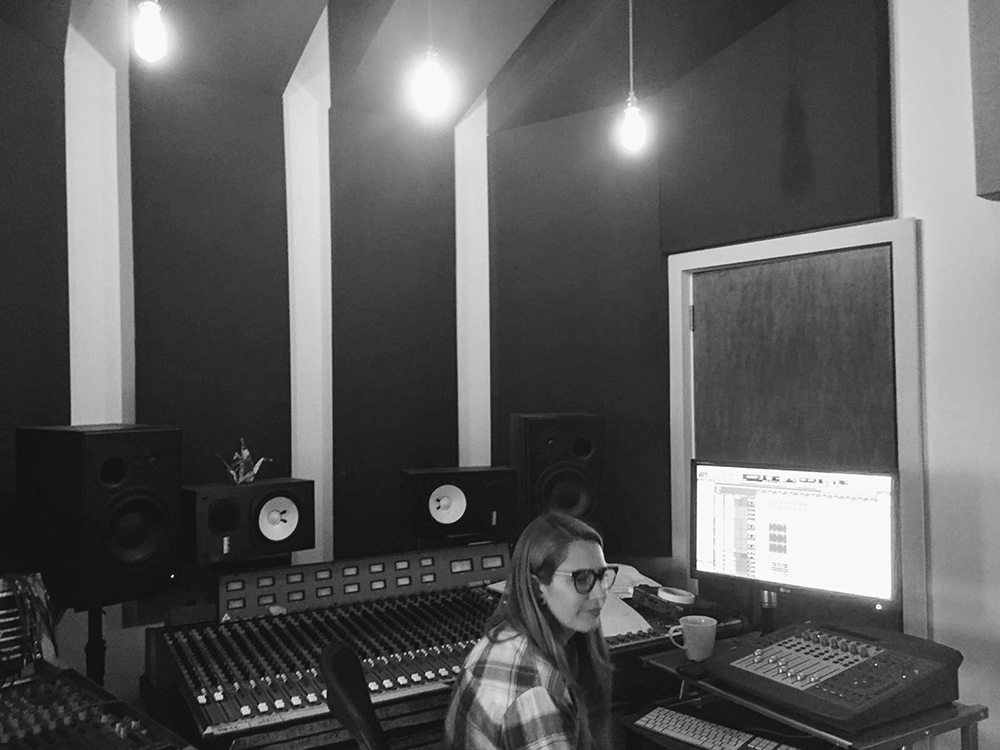
So having as varied a background as Rhiannon’s has obviously helped – the ability to swap studio roles, being an artist in her own right, the studying and even the drumming…
“On a lot of projects where there might not be the budget to get an engineer in, it can be both roles. That’s how it seems to be these days; a lot of producers seem to be engineers as well, or engineers who produce. They might also be session players, too, and end up drumming on tracks!”
Rhiannon will be returning to her own music
(“I’ve been slowly writing and demoing”), but that second strand of music production has the biggest ambitions: “I’d love to get more recognition as a female producer. It’d be great to maybe to go on and get an MPG Award and I don’t think there’s ever been a female producer that has ever received a Grammy nomination yet, so that would be cool!”
Finally, Rhiannon has a word or two of advice for anyone chained to their DAWs…
“I probably would have told my younger self to get out and network more from an earlier age, to get out and talk to more people. As a producer or engineer, you spend so much time in front of your computer in one room for hours on end and it can be difficult to just get out and go and meet other producers and go to networking events. You just have to get to know people, as the industry is actually far smaller than I realised and everyone seems to know everyone.”
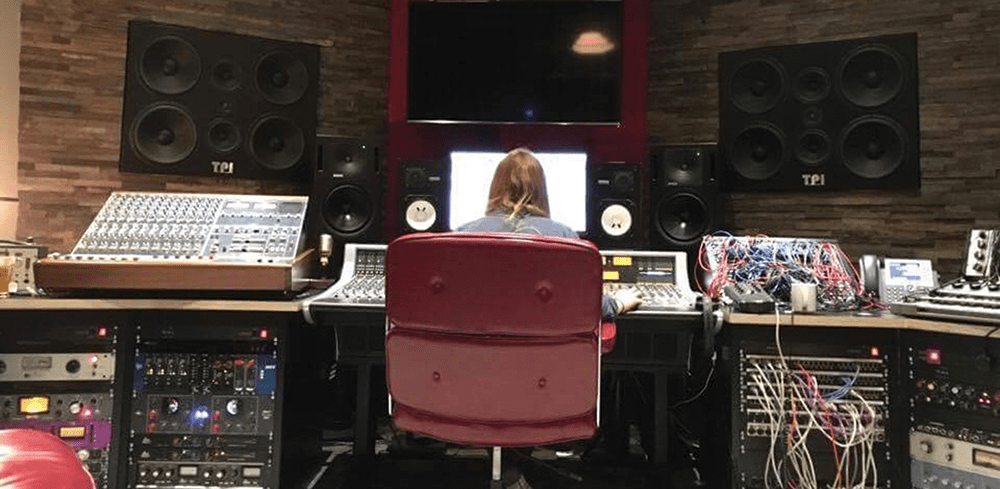
And on the studio side, it’s even easier…
“Just enjoy it and if you have time just have a play around and experiment,” she concludes. “For me, it doesn’t feel like I’m working – I still feel lucky, as I just enjoy being in the studio. So just enjoy it and have fun with it.”
Thanks to the Music Producers Guild for helping with this interview. Basic Membership of the Guild is free, and all music producers at whatever level of recording activity can become Associate Members for just £55 a year and receive MPG news and discounts. Full Membership costs £120 and offers a substantial list of benefits, including voting privileges for the MPG Awards.